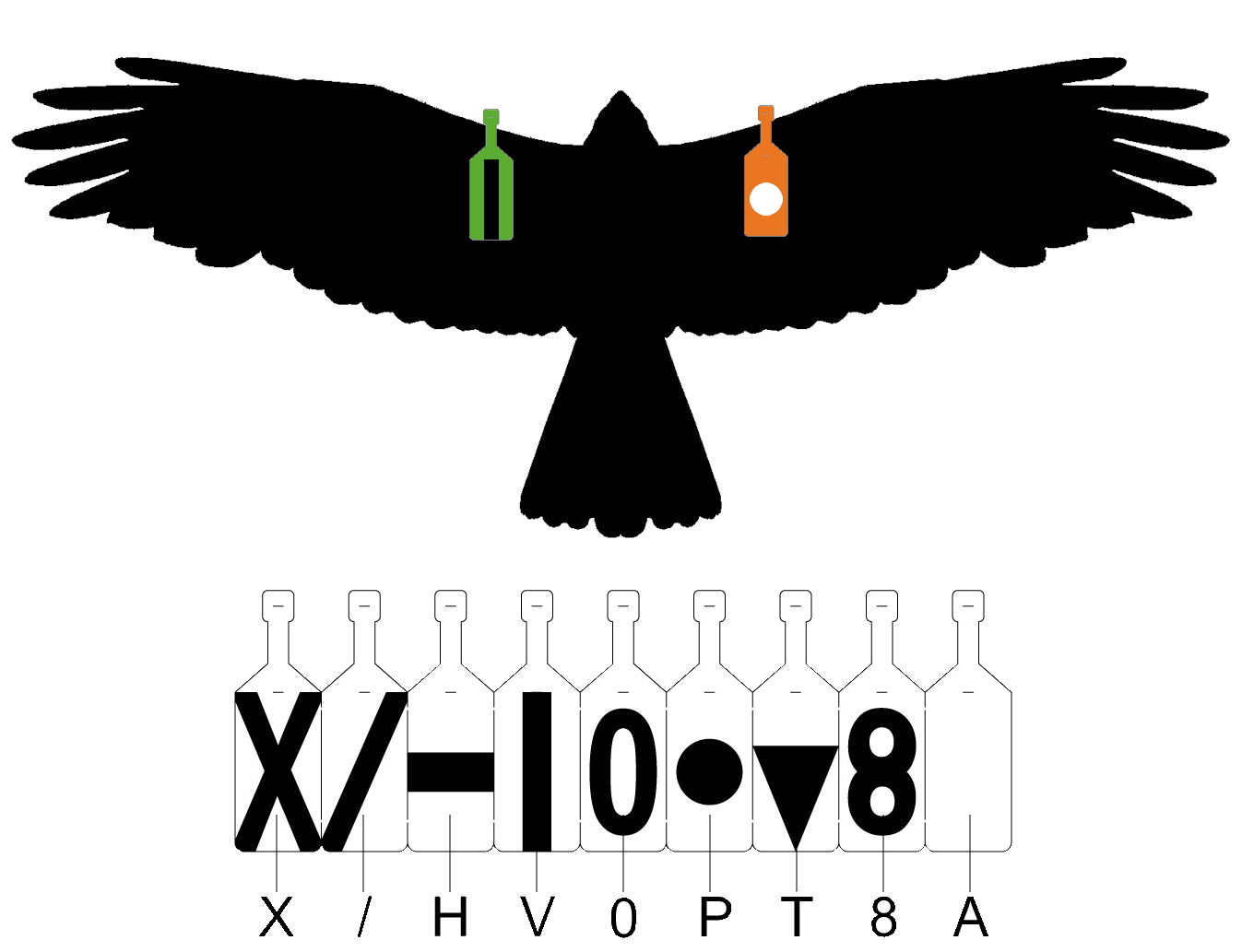Wingtag Project

X: letter X
/: slash
H: horizontal stripe (cross body)
V: vertical stripe (aligned with the body like in the example above)
0: number zero
P: point
T: triangle
8: number 8
A: absent (no sign)

B = Bleu - Blue
F = Fuchsia - Fuchsia (Purple)
J = Jaune - Yellow
O = Orange - Orange
P = Pistache - Pistachio (Green)
R = Rouge - Red
W = Blanc - White
The example on the silhouette above can be read as VnP PwO.
When observing a wingtaged harrier, note down:
- The combination code
- The species (Montagu's harrier has the same wingtags)
- Sex and age (if possible, otherwise just note down adult or juvenile)
- Location (coordinates included)
- The date
- Behavior
Remark: The combination code does not necessary has to be written down like explained above. You can also describe it: On the right a red wingtag with a white X on it and on the left a green wingtag with a black slash on it.
Good to know:
- Blue and orange wingtags can contain both white and black signs
- Red wingtags can only contain white signs
Fuchsia (or purple), yellow, green and white wingtags can only contain black signs. - From 2015 on, no fuchsia (or purple) nor blue wingtags were used anymore to prevent confusion with orange and red or with green. Birds with these colors of wingtags are still flying around, so they can still be observed.
Pictures are very welcome, also if only 1 wingtag can be seen. With pictures we can judge changes in the plumage and codes can be checked.
Send your observation to anny.anselinATinbo.be - AT=@
To practice code reading, check this page on the bottom, note down the code and click on the picture for the correct answer.
More about this project: Bruine Kiekendief
